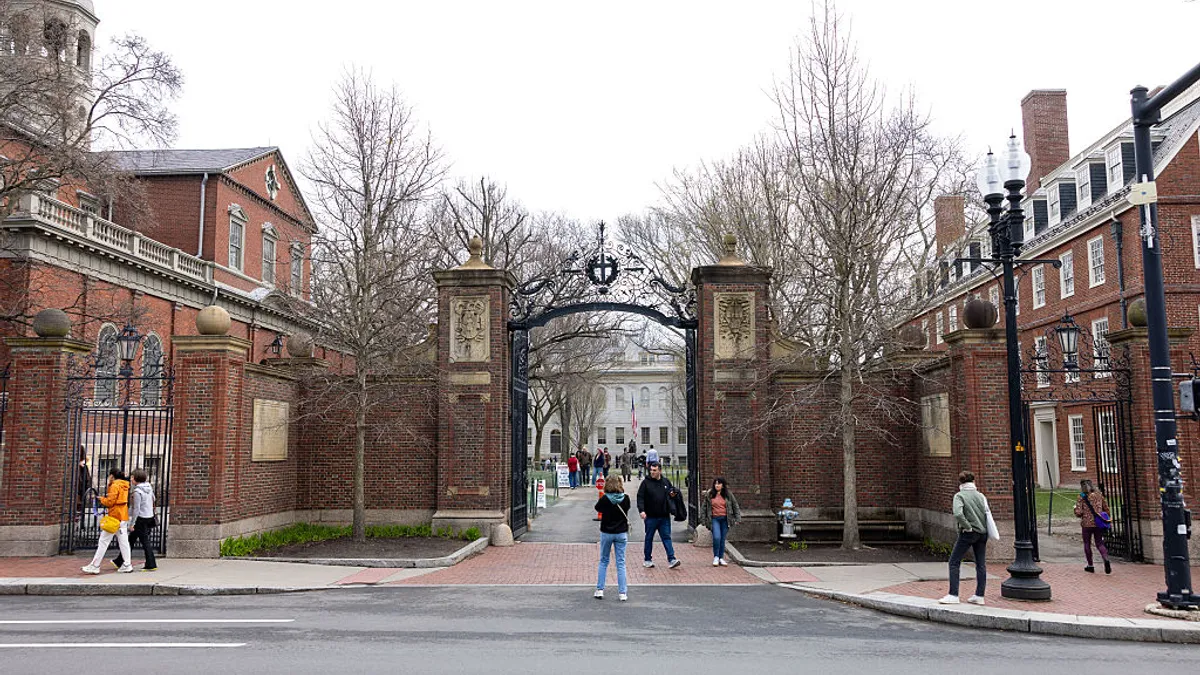Families making less than $30,000 per year have to pay 47% of their income just go to to community colleges in Mississippi, after accounting for financial aid. In Minnesota, it’s 61.5% of family income, on average, among the bottom quintile of earners.
Julie Davis Bell, education program director for the National Conference of State Legislatures, calls these findings among the most important to come out of the recent College Affordability Diagnosis, produced by the Institute for Research on Higher Education at the University of Pennsylvania’s Graduate School of Education, Peabody College of Vanderbilt University, and the Higher Education Policy Institute.
“Two-year institutions are no longer the affordable options for many students,” Davis Bell said at a recent conference for journalists. “For the longest time, legislators and other state policymakers felt that if they could preserve two-year institutions as that safety net for low-income students, they’re in good shape.”
The College Affordability Diagnosis offers a comprehensive look at how affordable public and private nonprofit higher education is across the states. Its definition of affordability is a novel one, taking into account actual family circumstances in geographic areas as narrow as legislative districts and zip codes to better understand ability to pay after all sources of financial aid are taken into account.
While the numbers are sobering, Davis Bell says there is reason to take heart.
“The good news is that affordability has never been higher on agendas for state legislatures,” she said.
But even that has to be taken in context. State legislators may be more preoccupied with college affordability than ever, but their attention is largely elsewhere. According to statehouse reporters across the country, higher education is among the top five policy issues in just seven states. Still, Davis Bell says there are legislators in every state pushing progress through changes to higher education appropriations, financial aid policy and tuition policy — the three levers through which legislators primarily work.
Patrick Callan, a lead researcher on the College Affordability Diagnosis and president of the Higher Education Policy Institute, said solving the problem of college affordability will require larger and more systemic policy solutions and interventions than the ones legislators have traditionally tried.
“We have been desperately trying … to find small solutions to very large problems,” Callan said. “We are not going to be able to tweak or spend our way out of this.”
To go to a public, four-year, non-doctoral institution, net price ranges from 41% of family income for those in the bottom quartile in Oklahoma, to 73% in South Carolina. For families making between $30,000 and $48,000 in states where at least a quarter of all students enroll in public, four-year institutions, it costs between 20% and 40% of family income to attend.
At public research institutions it can get even worse. In Alabama, the lowest-earning families would have to pay 90% of family income, after financial aid, to attend the University of Alabama. And that’s a state with a relatively high concentration of poverty, meaning the affordability struggle is not merely a theoretical concern.
In New Hampshire — the least affordable state in the nation, based on The Affordability Diagnosis metrics — the poorest families have to pay 159% of family income to attend private, nonprofit colleges full time, and those making between $30,000 and 48,000 still have to pay 71%.
Low- and middle-income families are being priced out of college. Pennsylvania, Rhode Island, Alabama and Vermont join New Hampshire among the least affordable states in the nation for higher education attendance across the spectrum of public and private nonprofit institutions. According to the diagnosis, Alaska, Wyoming, Hawaii, California and New Mexico are at the other end.
Bridget Terry Long, a professor of education and economics at the Harvard Graduate School of Education said a key lesson in the affordability diagnosis is that averages don’t matter. Policymakers and institutions needs to drill down to families' ability to pay when setting tuition policy. The common practice of setting prices based on market willingness to pay or rates at peer institutions leaves an important subset of students out.
“While we can say that, generally, it’s still worth it to go to college, it’s definitely the case that the details matter,” Terry Long said.
And while the diagnosis is troubling, Terry Long said it is actually even worse for students who go to school and support themselves, or have children or aging parents to take care of. It is also worse for families with two or more college-age children and for students who do not get all the financial aid they’re technically eligible for.
As institutions work to recruit students in this environment, a critical step will be emphasizing the actual cost of college, based on student circumstances. Many students will be scared away by high sticker prices but could be recruited if they understand how financial aid can make it work.
“Some of this is a ground game in a very local sense,” Terry Long said.





















